Rhinoceros
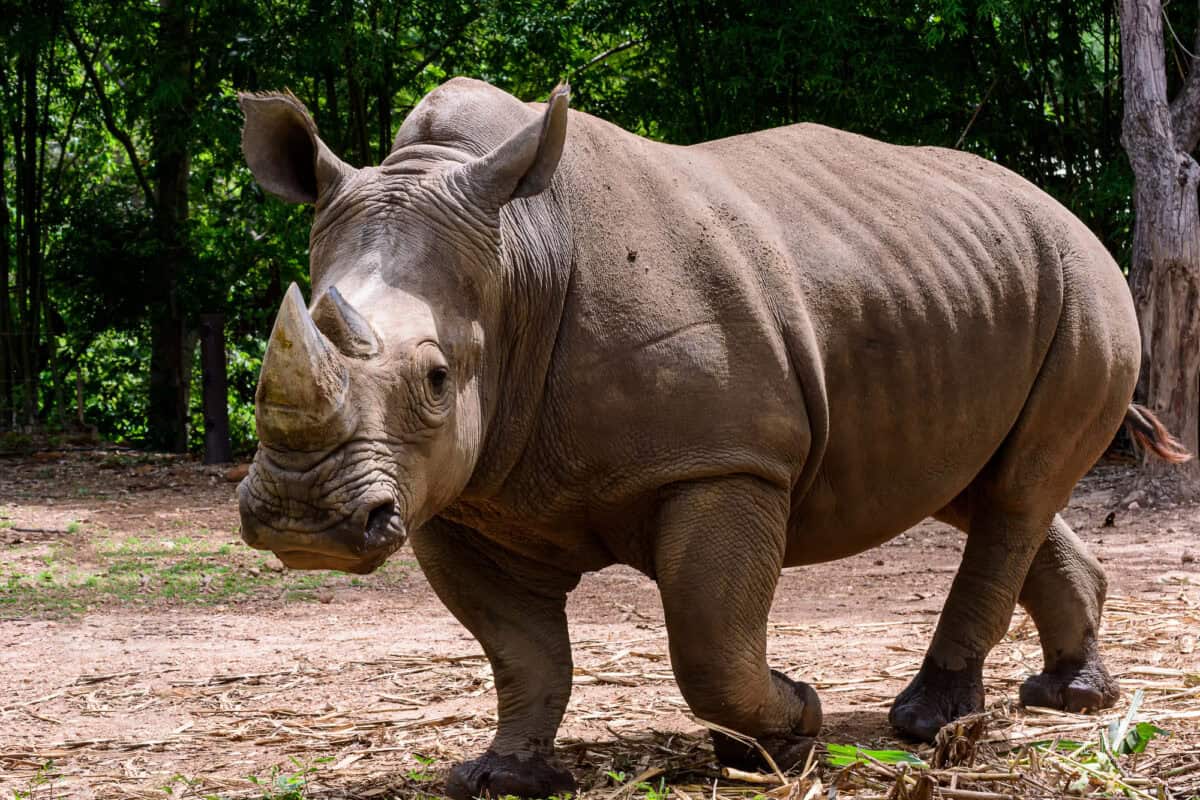
The rhinoceros is one of the largest land mammals, known for its iconic horn(s) made of keratin. They are found in Africa and Asia, often inhabiting savannahs, grasslands, and forests. Despite their formidable size and strength, rhinos face severe threats from poaching and habitat loss, making conservation efforts critical. They are generally solitary creatures but use communication methods such as vocal sounds, chemical signals, and body language.
Raccoon

Raccoons are medium-sized mammals indigenous to North America, easily recognizable by their bushy tails and distinctive black masks that give them a bandit-like appearance. Known for their intelligence and adaptability, raccoons can thrive in urban environments where they often forage through trash for food. They are omnivorous, eating a varied diet that includes fruits, nuts, and small animals. Raccoons are nocturnal and are known for their dexterous front paws.
Red Panda

The red panda is a small arboreal mammal native to the eastern Himalayas and southwestern China. These charming creatures are related to raccoons and are known for their reddish-brown fur and long, bushy tails. Red pandas are primarily herbivorous, eating bamboo, berries, and occasionally small insects. They are solitary animals, and like their distant cousins, the giant panda, they face threats from habitat destruction and climate change.
Rattlesnake

Rattlesnakes are a group of venomous snakes identified by the rattle at the end of their tails, a distinctive trait used to ward off predators. Found in the Americas, these snakes inhabit a variety of environments, from deserts to forests. They possess heat-sensing pits for detecting prey and rely on venom to immobilize it. Rattlesnakes play crucial roles in maintaining the balance in their ecosystems by controlling the rodent population.
Rooster

Roosters, the male counterpart to hens, are treasured members of the domestic chicken species. Known for their bright plumage and early-morning crowing, they are often seen as symbols of vigilance and bravery. Roosters play an essential role in flock dynamics, protecting hens and young chicks from potential threats and helping maintain order within the group. They are omnivorous, feeding on grains, seeds, and insects.
Rainbow Trout

Rainbow trout are brightly colored fish highly prized by anglers and an important species in aquaculture. Native to cold-water tributaries in North America, they have been introduced worldwide due to their popularity. These fish are named for their iridescent coloring, which often displays hues of pink, green, and blue. Rainbow trout are indicators of healthy aquatic ecosystems and feed on insects, crustaceans, and smaller fish.
Red Squirrel
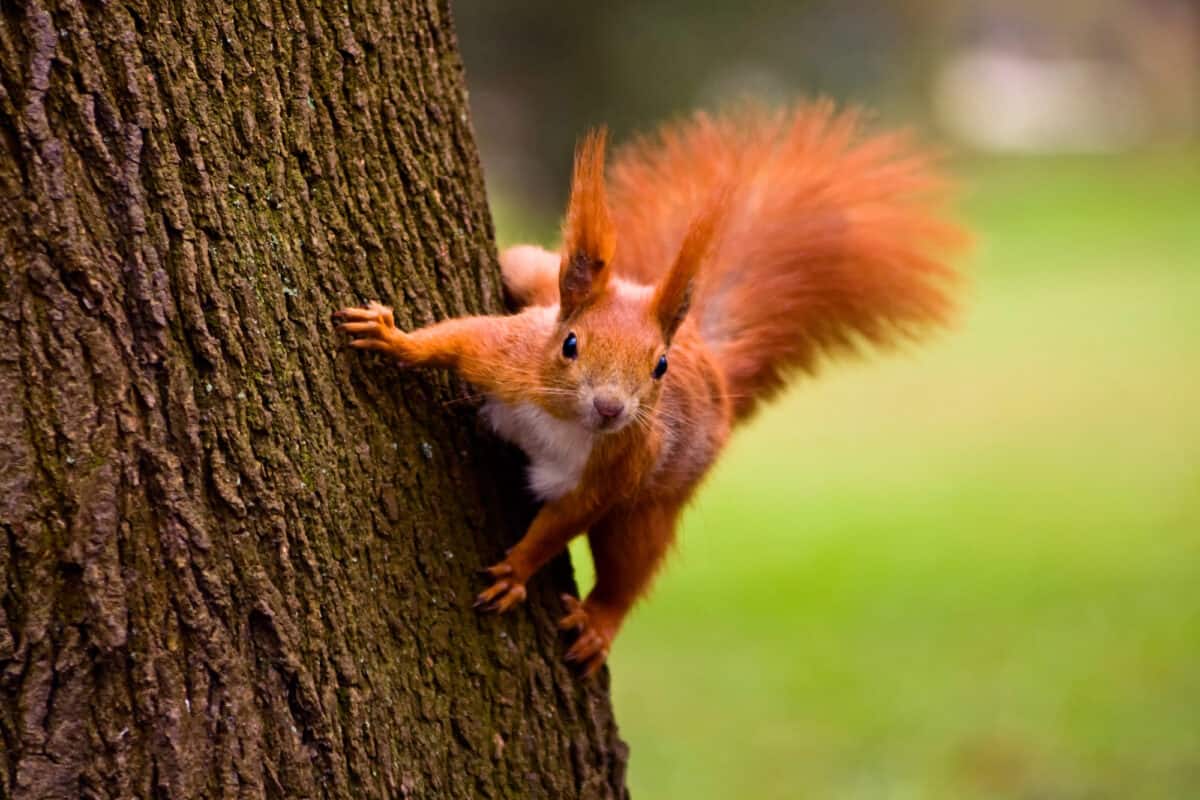
The red squirrel is a small tree-dwelling rodent native to Europe and parts of Asia. They are recognizable by their russet coat and tufted ears. These nimble creatures play a vital role in forest ecology by dispersing seeds, which helps promote forest regeneration. Red squirrels are mostly herbivorous, subsisting on seeds, nuts, and berries. However, habitat fragmentation and competition from invasive grey squirrels threaten their numbers.
River Otter
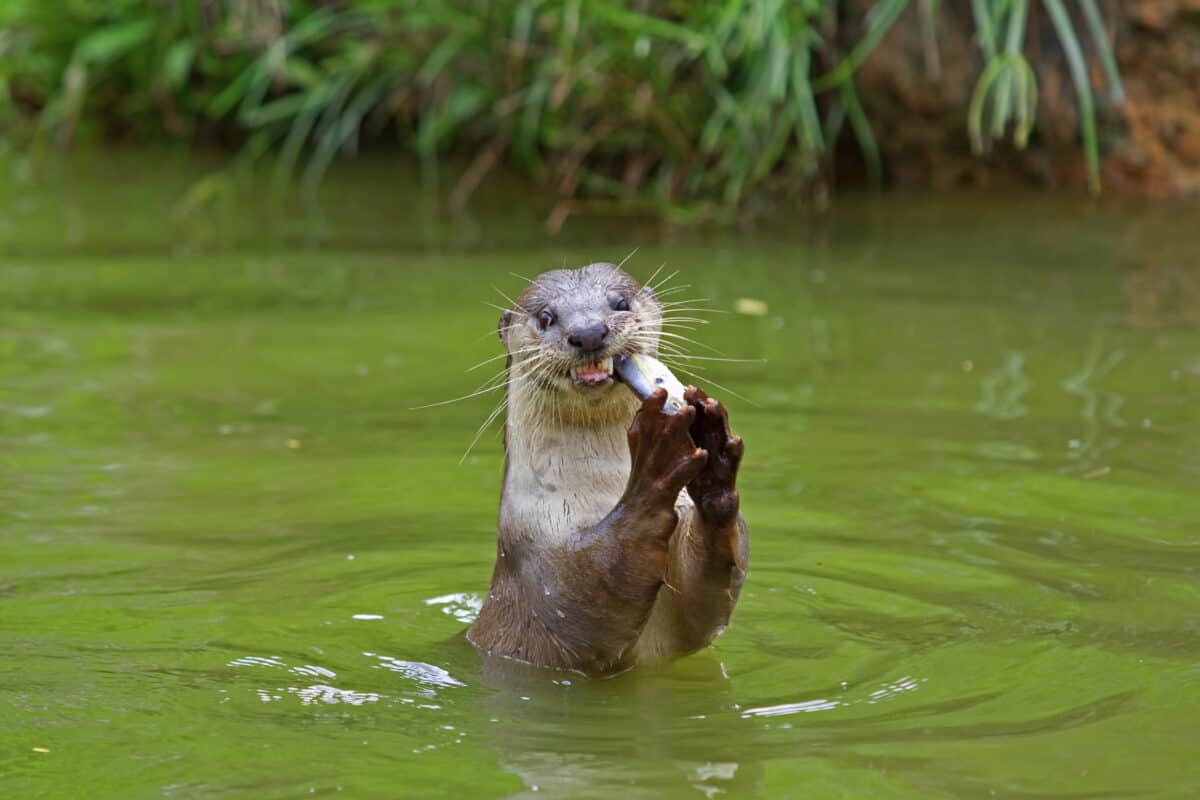
River otters are playful mammals found in freshwater and coastal environments throughout North America. They are well-adapted to life in water, with streamlined bodies and webbed feet. Otters are carnivorous, feeding on fish, amphibians, and occasionally small mammals or birds. Their presence in a waterway is often an indicator of good ecological health. Social animals, they are known for their playful behaviors and complex social structures.
Roadrunner
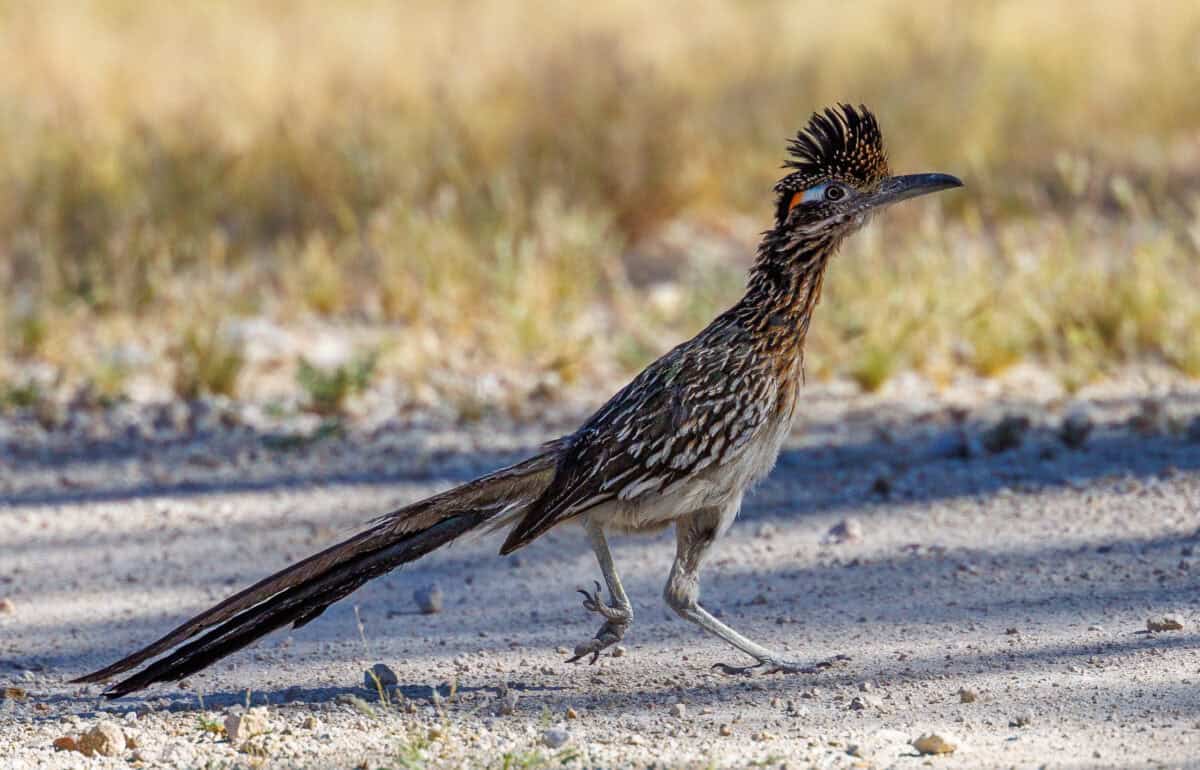
Roadrunners are fast-running birds native to the deserts of the southwestern United States and Mexico. Famous for their speed, they can reach up to 20 miles per hour. They are opportunistic omnivores, eating small reptiles, insects, and fruit. Roadrunners can overheat in their arid environments, so they thermoregulate by using their wings to shade their body or by panting. Despite being able to fly, they prefer to sprint to catch prey.
Rainforest Toad
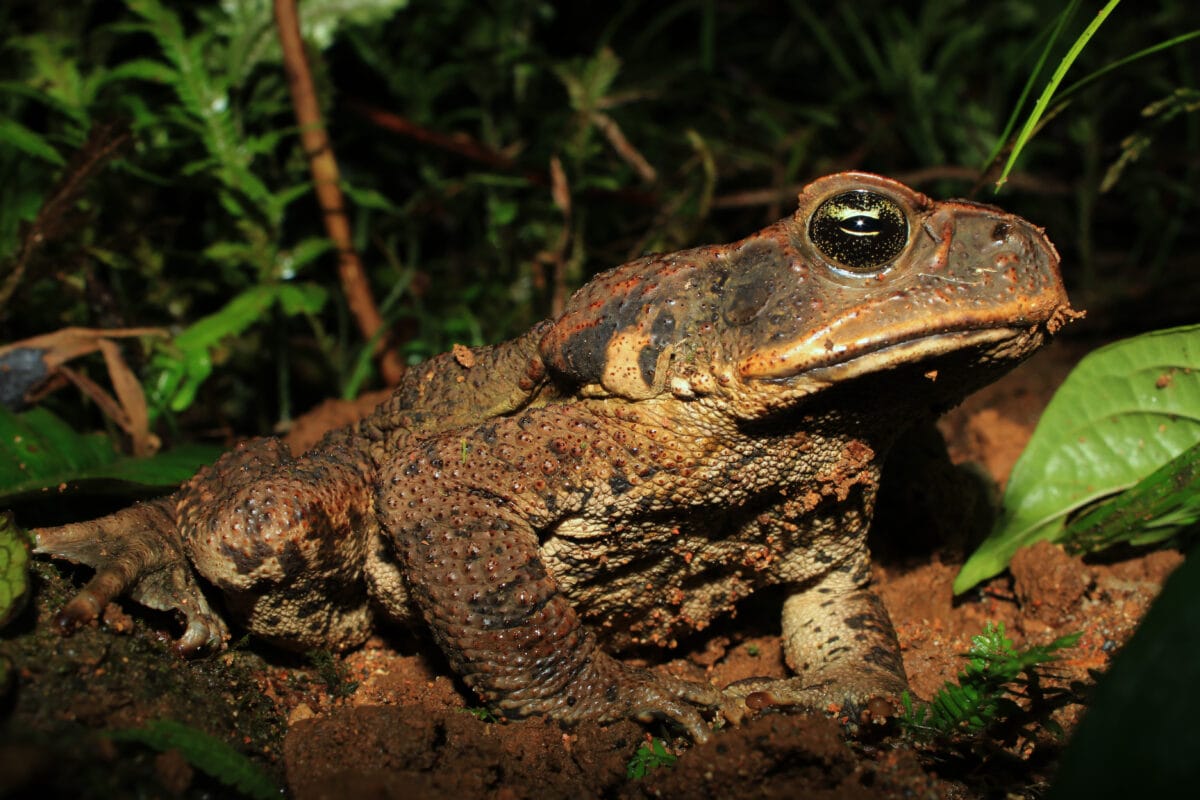
Rainforest toads are a diverse group of amphibians found throughout the world’s rainforests, famed for their vibrant colors and varied calls. These toads play important ecological roles by consuming insects and other small invertebrates, thus keeping their populations in check. Adapted to moist, tropical climates, they rely on water bodies for breeding and are highly sensitive to environmental changes, making them key indicators of ecosystem health.
Red Wolf
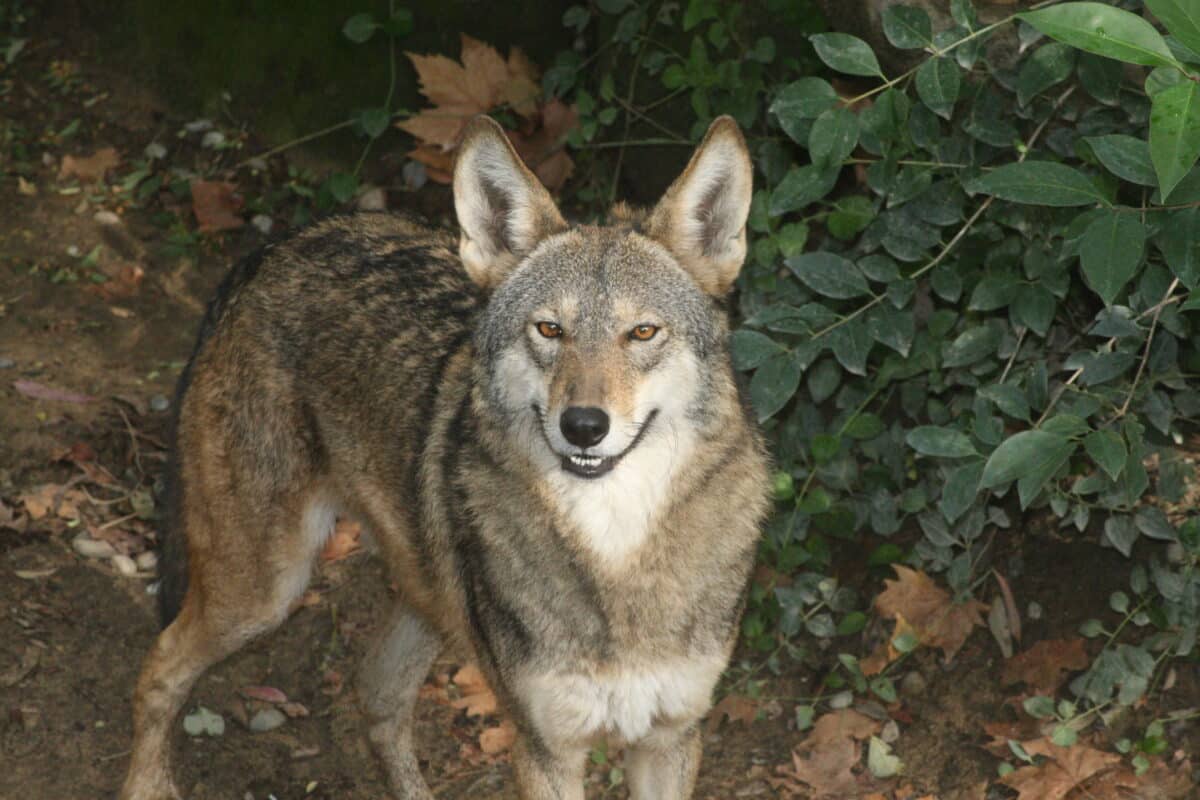
The red wolf is a critically endangered canid native to the southeastern United States. Smaller than the grey wolf, it has a reddish-tan coat and is known for its cooperative pack behavior, which helps in hunting prey and rearing young. Red wolves feed on small-to-medium-sized mammals. Conservation efforts have focused on captive breeding programs and habitat restoration to prevent their extinction and preserve genetic diversity.
Rhea

The rhea is a large, flightless bird native to South America, resembling a smaller version of the African ostrich. Rheas are important grassland grazers and play a vital role in their ecosystems. They are omnivorous, consuming a diet of plants, fruits, seeds, and insects. During breeding season, males build nests, incubate eggs, and raise the young alone. Unfortunately, habitat loss and hunting are significant threats to their population.
Russell’s Viper
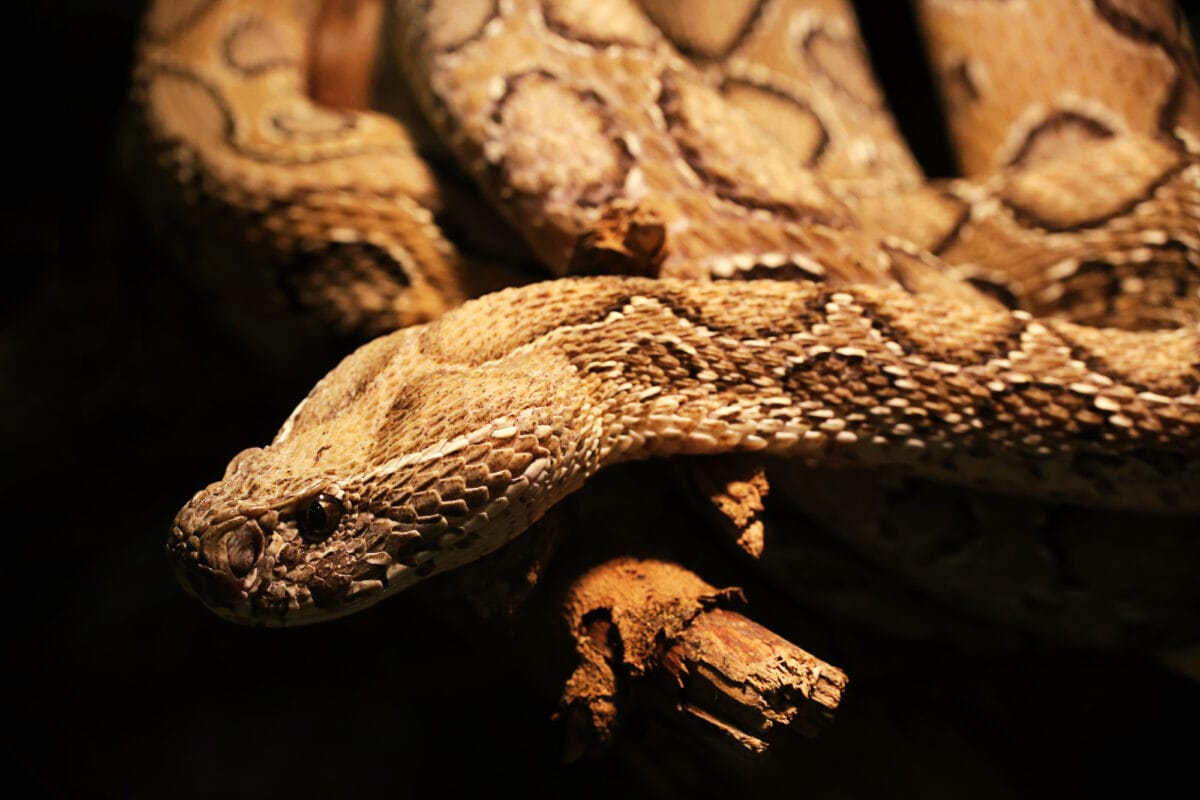
Russell’s viper is a highly venomous snake found in Asia, particularly in India, Southeast Asia, and China. It is notorious for its potent venom and is responsible for many snakebite incidents in its native range. The viper plays a key role in controlling pest populations but requires careful handling due to its aggression when threatened. Its distinctive pattern and color make it both beautiful and dangerous to encounter in the wild.
Rhinoceros Beetle

Rhinoceros beetles are a group of scarab beetles known for their impressive horn-like structures on males, used for fighting and mating displays. Found worldwide, these beetles are primarily nocturnal and consume plant matter such as rotting wood and decaying fruit. They play a critical role in decomposition and nutrient recycling. Despite their menacing appearance, rhinoceros beetles are harmless to humans.
Ring-Tailed Lemur

The ring-tailed lemur is a primate native to Madagascar, easily identified by its long, bushy tail with distinctive black and white rings. Known for their social nature, these lemurs live in groups led by females. Their diet consists of fruit, leaves, and flowers. Habitat destruction and hunting pose significant threats to ring-tailed lemurs, making Madagascar’s conservation efforts crucial for their survival.
- The World’s Most Poisonous Frog Can Kill Ten Men with One Touch - August 21, 2025
- Why Elephants Mourn Their Dead Just Like Humans Do - August 21, 2025
- Where to Watch Wild Horses Run Free in the U.S. - August 21, 2025

